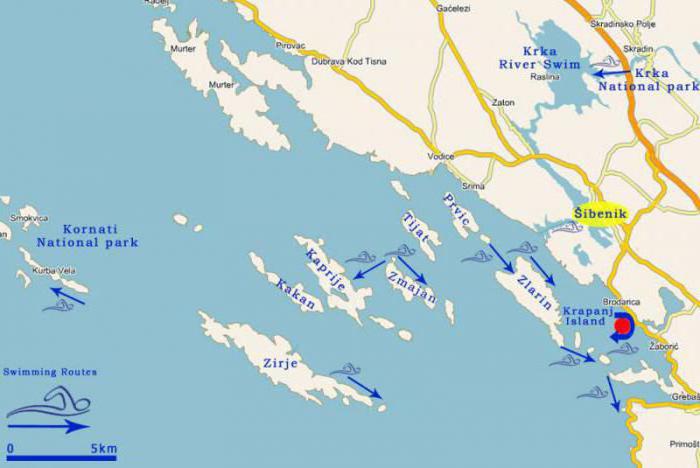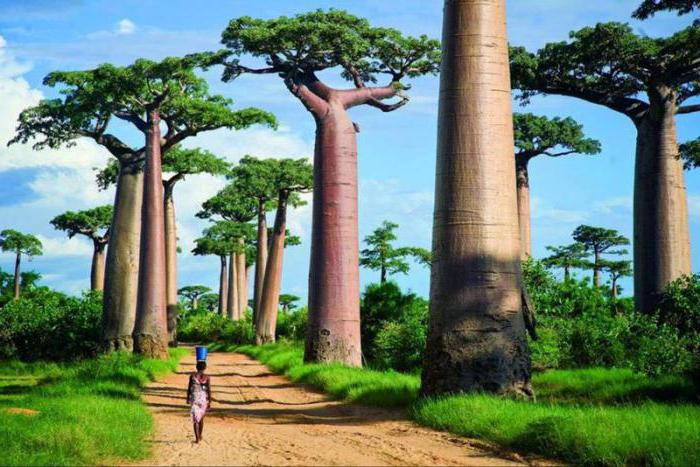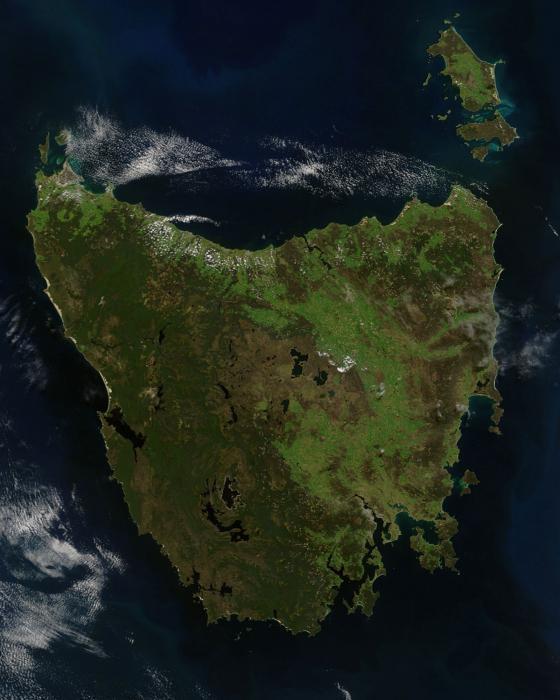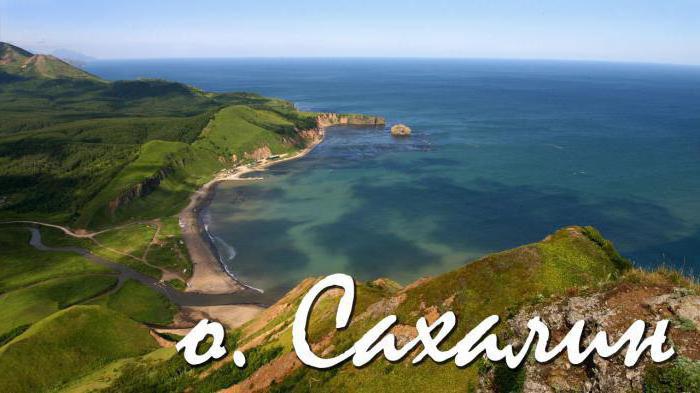As you know, the earth's crust is a very mobile and active substance. Of course, changes in the Earth's topography do not occur daily, but on a planetary scale, this system is very changeable. As a result of the constant shifts of tectonic plates, science has become aware of such a phenomenon as a mainland island. This is a certain territory, which now has an independent status from a geological point of view, but previously it did not have such.
Interpretation of the term
A mainland island is a piece of land that was once part of the mainland. This happened because at some point a certain piece of land sank below the level of the World Ocean, most of it remained in the same position, and the smaller part was completely separated by water. The result was an island, the structure of which is completely identical to the structure of the nearby mainland, but at the same time it is isolated from it by water. It is worth noting that in some cases islands of mainland origin do not have so-called parents. In other words, the continents from which they originated have long been wiped off the face of the Earth by global cataclysms.
Features of such a relief
Since the mainland islands arise by separating a small part of the earth from a large plot, the so-called offspring largely inherits the features of its "parent". Their geological structure, underground fossils and many other components are identical with the parent continent. However, it is important to remember that the separation of the island from the land is a process that can take centuries, therefore, the newly formed lands can have their own unique features. Most often, the differences lie in the climate and everything that depends on it. The weather changes - new species of plants, animals and insects appear. If the island moves away from the mainland towards the equator, the flora and fauna become much more diverse. If the mainland island is directed away from the equator, its animal and plant worlds become scarce.

Well, now we propose to consider the features of the formation of such geological rocks and their varieties. Below is a list of mainland islands and the structure of each of them.
Orogenic subgroup
This is a unique natural phenomenon, which, however, is very common on the planet. It consists in the fact that the mountain ranges, as it were, go into the ground, and at a distance of several kilometers from the continent they again protrude from the water. Thus, the islands are born, which we refer to the group of orogenic. The most striking example of this geological feature can be considered about. Sakhalin is literally a continuation of the Ural Mountains. Novaya Zemlya, New Zealand and Tasmania also belong to the orogenic category.
platform islands
This type of island is a continuation of the daughter continent. It is completely identical to its mother earth both in terms of climate and in all other components. Such islands were formed due to bays and straits due to rising water levels in the oceans. In other words, any platform continental island is a shoal, which is located at a short distance from the coast. As illustrative examples, one can consider the British archipelago, Canadian or Severnaya Zemlya. It is important to note that such islands are relatively young.

Continental slope island group
This category differs from the previous one in that the islands were formed by splitting a tectonic plate and separating a small piece of land from the mainland. Such processes took place a very long time ago, therefore, these geological rocks have a very impressive age. It is also worth mentioning that a mainland island of this type is always separated from its daughter continent by an ocean strait and can be located at a very large distance. Madagascar is an excellent example of this category.
island arcs
The most seismically active parts of our planet are archipelagos, which have an arc structure. They are communities of small islands, sometimes so tiny that one house can barely fit on them. Such "peas" are grouped into vast archipelagos, which are located mainly at the junctions of the earth's crust. As a matter of fact, it was thanks to these joints that these archipelagos were formed. Therefore, such lands are subject to constant earthquakes, tornadoes, tsunamis and other unpleasant natural phenomena can easily fall on them. But oddly enough, we all love to relax in such places. This is the famous Philippine archipelago with thousands of islands in the Indian Ocean, the Caribbean and Japan.

Endemic flora and fauna
In this case, we are not talking about clinical deviations in the health of people and animals, but about the formation of new, previously unknown species of fauna and flora. As you already understood, the separation of the island from the land is an incredibly long process, covering more than one human life. For such a long period on the lands that leave their mother's womb, the climate changes, and with it the entire biomass is transformed. It is important to understand here that not only the air temperature changes, but also the humidity - its level rises significantly. Therefore, mainly, the flora becomes denser and more diverse. As for the fauna, there is a paradox going on here. Mammals are getting smaller, weaker, and their overall numbers are declining. But reptiles, on the contrary, grow to abnormal sizes and multiply at an enviable rate.
We have considered all the features of this type of relief. Now we propose to take a look at examples of mainland islands. Perhaps you have ever been to one of them.

Tasmania and New Zealand
Despite the fact that both islands are located in close proximity to Australia, they have fundamentally different origins. New Zealand and all the small islands that surround it are on a tectonic arc. This is a seismically unstable area, where earthquakes and volcanoes erupt constantly. But Tasmania is a mainland island formed due to the non-standard behavior of the mountain range. This is a continuation of the East Australian Mountains, which is separated from Australia by the Bass Strait.
Sakhalin and Japan
It is also a continuation of the mountain range, which is located at a short distance from the Asian part of our country. Sakhalin is characterized by a special flora, fauna and unique landscape. But the Japanese archipelago, which is located in close proximity to Sakhalin, is the islands located at the site of the split of the tectonic plate. All of us, of course, have heard about the eternal natural disasters that cover the Land of the Rising Sun headlong.
